 Sign in
Sign in
Education
Health & Fitness
Surgery 101 Team
Welcome to Surgery 101, a series of podcasts produced with the help of the University of Alberta in Edmonton, Canada. The podcasts are intended to serve as brief introductions or reviews of surgical topics for medical students. We've aimed to cover a single topic in between 10-20 minutes so that you can quickly get a good idea of the basic concepts involved. Every episode is divided into chapters and concludes with several key points to summarize the topic. We are always keen to receive your feedback on our podcasts, and we are accepting suggestions for additional topics. New episodes are published every Friday.
'Surgery 101' was created by Dr Parveen Boora and Dr Jonathan White, and is supported by the Department of Surgery at the University of Alberta. Our 2010 series of podcasts are brought to you by the Undergrad Surgery Mobile Podcasting Studio Team which is: Jonathan, Jenni and Tracy, with the assistance of the Surgery 101 Experts of Edmonton.
Note to experts: please note that these podcasts are only intended as brief introductions for medical students - we cannot delve into the more complex nuances of advanced surgery in a 10-minute podcast. We encourage all listeners to supplement their learning by seeing patients, assisting at surgeries and reading widely!

239. Inguinal Hernias
In this episode 4th year McGill medical Student, Jennifer He, discusses Inguinal Hernias. After listening to this podcast, you should be able to: Explain the anatomy of inguinal hernias Present the clinical presentation And finally, understand the treatment for inguinal hernias
09:5818/10/2017

238. Umbilical Hernias
In this episode 4th year McGill medical Student, Jennifer He, discusses Umbilical and other Abdominal Wall Hernias. After listening to this podcast, you should be able to: Explain the clinical presentation and treatment for umbilical hernias Define epigastric hernias
09:0211/10/2017

237. Meckel’s Diverticulum
In this episode 4th year McGill medical Student, Jennifer He, discusses Meckel’s Diverticulum. After listening to this podcast you should be able to: Define Meckel's diverticulum. Describe the clinic presentation of the disease and its differential diagnoses. Explain the treatment options for the condition.
09:2004/10/2017

236. Omphalocele
In this episode Jennifer He, a 4th year medical student from McGill University, discusses Omphalocele. After listening to this podcast you should be able to: Define omphalocele. Understand its pathophysiology. Discuss the clinical presentation and the treatment for the condition.
09:2627/09/2017

235. Gastroschisis
In this episode 4th year McGill medical Student, Jennifer He, discusses Gastroschisis. After listening to this podcast you should be able to: Define gastroschisis. Understand how gastroschisis presents. Explain the differential diagnosis for gastroschisis. Review treatment options for this condition.
10:1920/09/2017

234. Chronic Venous Insufficiency
In this episode Chong Li, MS4 from Jacob’s School of Medicine and Biomedical Science of University at Buffalo, will discuss Chronic Venous Insufficiency. After listening to this podcast you should be able to: Understand why CVI is important and how to identify and distinguish from other vascular diseases Explain the pathophysiology and classification of Chronic Venous Insufficiency Describe the typical clinical presentation of CVI Recognize the differential diagnoses and know the treatment options
19:1213/09/2017

233. Valvular Heart Disease
In this podcast Cardiac Surgeon, Dr. Steven Meyer discusses Valvular Heart Disease. After listening to this podcast you will be able to: Define Valvular Heart Disease Discuss history and physical examination Review investigations Understand when a referral is necessary
05:5706/09/2017

Morbidity and Mortality (M&M)
This video on Morbidity and Mortality (M&M) features a medical student learning about what M&M ACTUALLY is from Dr. McBurney. No, doctors are not like superheroes. No, M&M is not the rapper Eminem, and no it's also not the chocolate candies either. Find our headquarters at: http://surgery101.org Learning Surgery in the 21st century! Join the Surgery 101 Family: YouTube: https://www.youtube.com/surgery101podcast Twitter: https://twitter.com/surgery_101 Reddit: https://www.reddit.com/user/surgery101YEG Facebook: https://www.facebook.com/surgery101 Instagram: https://www.instagram.com/surgery.101/
06:1130/08/2017

232. Cardiac Classifications
In this podcast Dr. Steven Meyer, Cardiac Surgeon at the University of Alberta reviews how to classify Angina and Heart Failure. After listening to this podcast you will be to: Classify Heart failure Classify Angina
05:5123/08/2017

231. Coronary Artery Bypass Grafting
In this podcast Dr. Steven Meyer, Cardiac Surgery at the University of Alberta discusses Coronary Artery Bypass Grafting. After listening to this podcast you will be able to: Define Coronary Artery Bypass Grafting Discuss the basics of the procedure Review complications and how to break them up into early and late
09:3816/08/2017

The Prisoner of the Gallbladder
Gary the Gallstone’s day starts off badly when he learns that he can’t leave the gallbladder on his own terms. What will happen when the Gallbladder, Liver and the Pancreas try to talk him out of his adventurous thoughts?
07:3409/08/2017

230. Empyema
This week we are joined by Jazmin Valji, a medical student from the University of Alberta, who will be discussing Empyema. After listening to this podcast you should be able to: discuss the etiology describe the clinical presentation review the clinical presentation and physical exam comprehend diagnosis and investigations understand the initial work up and treatment options
17:0602/08/2017

229. Hemothorax
In this episode, Dr. Bryce Laing, a Thoracic Surgeon at the University of Alberta reviews the topic of Hemothorax. After listening to this episode, learners should be able to: Define Hemothorax and discuss its physiology Identify complications associated with a Hemothorax List Differential Diagnosis Understand presentation, and what information is important when taking a history and preforming a physical exam Discuss different investigations Review Management of a Hemothorax
15:5326/07/2017

228. Deep Space Neck Infections
In this episode, Dr. Dan O’Connell, an Otolaryngologist – Head and Neck surgeon form the University of Alberta reviews the topic of Deep Neck Space Infections. After listening to this episode, learners should be able to: Understand the anatomy Discuss the physiology and pathophysiology Identify management options Understand complications associated with deep neck space infections
18:5919/07/2017
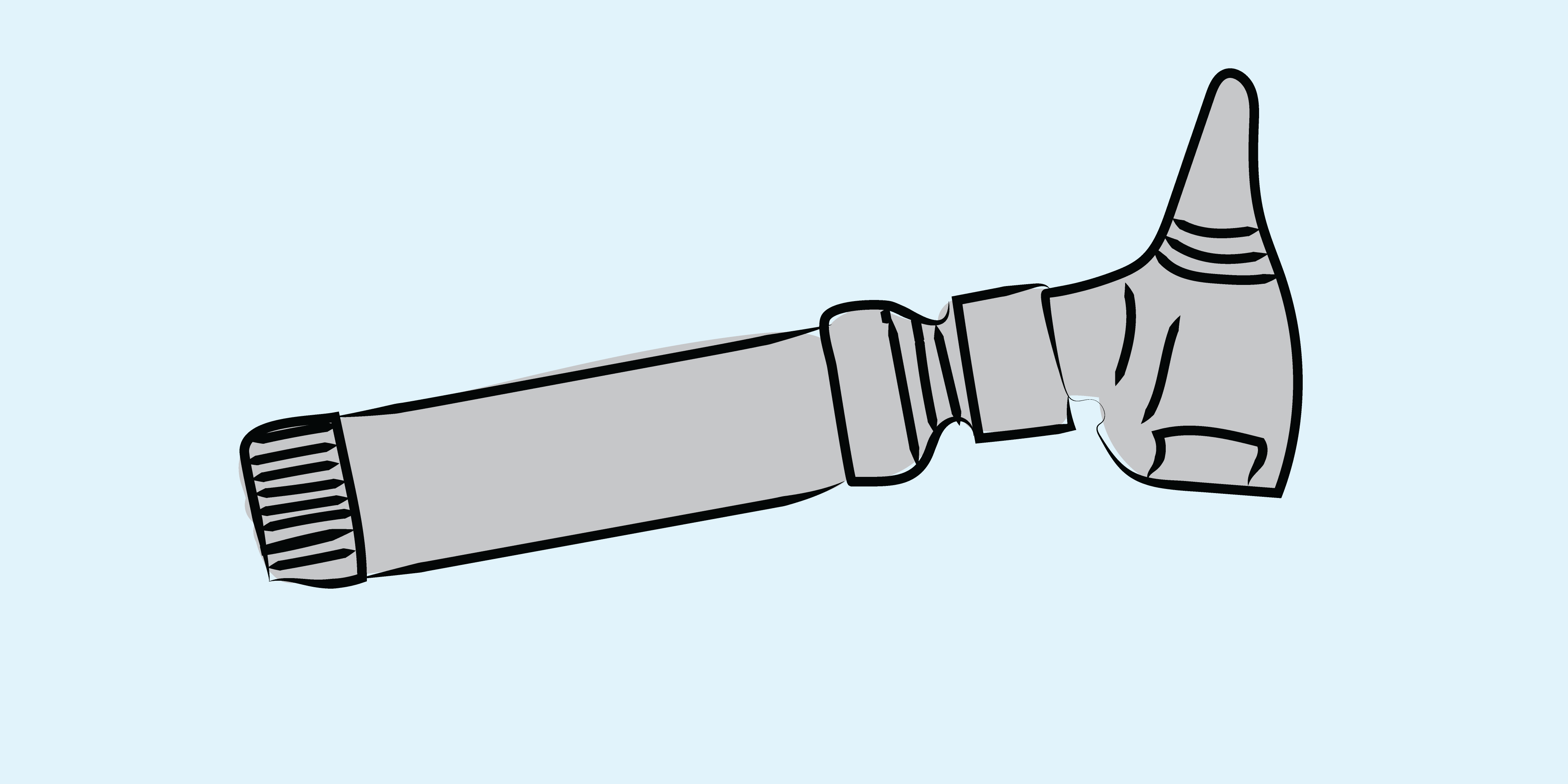
227. Tonsillectomy
In this episode, Dr. Dan O’Connell, an Otolaryngologist – Head and Neck surgeon form the University of Alberta discusses Tonsillectomies. After listening to this episode, learners should be able to: Understand the important functions of the tonsil Discuss indications for tonsillectomy Identify post operative management options Understand complications associated with a tonsillectomy
14:4012/07/2017

LEGO Surgery: Competency-Based Medical Education (CBME)
This video on CBME features a panel discussing the new way of teaching medicine that the Royal College is introducing in Canada for residency programs. The panel features Dr. McBurney, Dr. Payne, and Dr. Styles and is facilitated by MedEd enthusiast Olivia.
05:3006/07/2017
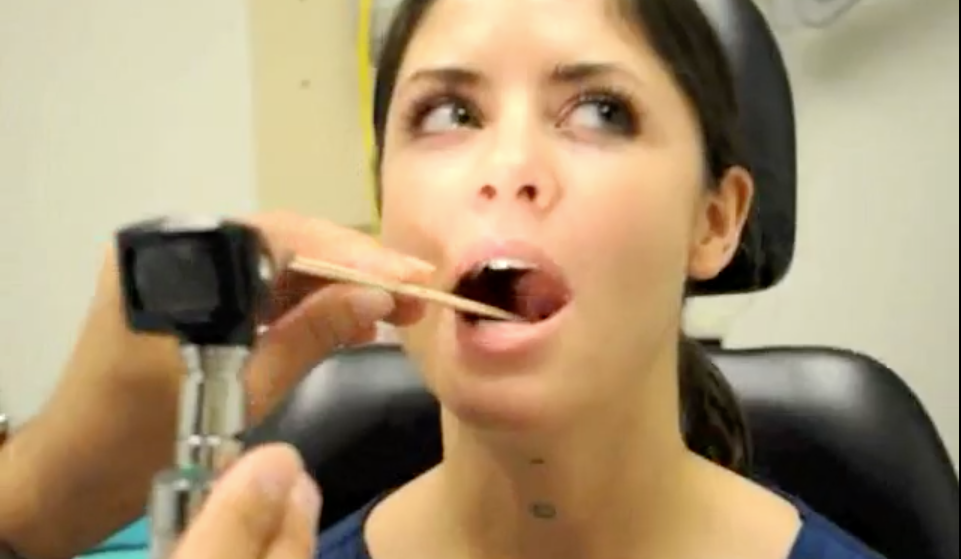
Physical Examination of the Head and Neck Exam
In these Otalaryngology Head and Neck Surgery videos, Dr. Kal Ansari, will guide you through a complete examination of the head and neck. After watching these videos you should be able to: Explain the inspection and palpation of the head and neck Identify the steps in a nasopharyngoscopy Understand the complete ear and nose exam Discuss the oral exam Review the cranial nerve exam
01:2305/07/2017

226. Head and Neck Cancer
In this episode Dr. Jessica Clark, An Otolaryngology Head and Neck Surgery resident at the University of Alberta, will be discussing head and neck cancer. After listening to this podcast you could be able to: discuss the relevant anatomy describe the risk factors review the clinical presentations briefly discuss the initial work up and treatment options
12:4405/07/2017

225. Spinal Tumors
In this podcast, Dr. Andrew Nataraj, a Neurosurgeon at the University of Alberta will describe an approach to the diagnosis and management of spinal tumors. After listening to this podcast you will be able to: Use clinical features and severity of back pain to differentiate between back pain and degenerative disease and that of a tumor. Consider investigations, including when and how each test would be considered. Discuss the indications for surgery or radiation therapy. Understand the differences between metatastic tumors and primary tumors, and why it is important to comprehend.
11:1128/06/2017

224. Adult Brain Tumors
In today’s Podcast, Dr. Tejas Sankar, Neurosurgeon at the University of Alberta, is going to discuss one of the most important topics in neurosurgery, adult brain tumors. After listening to this podcast you will be able to: Discuss the typical signs and symptoms that we see in patients suffering from brain tumors. These are important because they are often shared in common with other neurological conditions, and recognizing them promptly can lead to earlier diagnosis and treatment. Understand how to confirm the diagnosis of a brain tumor. Talk about a general approach to classifying brain tumors. This is important in helping to sort through the very large number of different brain tumor types. Broadly discuss how adult brain tumors are treated, and what some of the expected outcomes are.
19:1221/06/2017

223. Acute Disc Herniations
In this episode, University of Alberta Neurosurgeon, Dr. Andrew Nataraj, will review the clinical presentation and approach to management of acute disc herniations in the spine. After listening to this podcast you will be able to: Know the importance of managing an acute disc prolapse Discuss the basic approach to acute disc prolapse, including imaging and referral to surgery Explain the differential diagnosis of the abrupt onset of a Neurological Deficit Describe what Cauda equina syndrome is and how common it occurs Understand management of Cauda equina syndrome Describe differential diagnosis for acute neurological syndromes Review lateral disc herniations
12:4814/06/2017

222. Severe Head Injury
In this episode, Dr. Michael Chow, a Neurosurgeon at the University of Alberta discusses severe head injuries. Head injury is an important cause of morbidity and mortality and represents roughly 9% of all trauma admissions in Canada. Roughly 8% of all head injury admissions will go on to die. In this podcast, After listening to this episode, learners should be able to: Review the classification of a head injury Discuss the presentation Identify causes of head injuries Understand management of head injuries
10:5607/06/2017

221. Managing Hand Injuries
In this podcast Dr. Adil Ladak, a Plastic Surgeon at the University of Alberta, discusses Hand Injuries. After listening to this podcast you should be able to: Classify hand injuries
10:5331/05/2017

220. Flexor Tenosynovitis
In this episode, Dr. Paul Schembri, a plastic surgeon from the University of Alberta discussed Flexor Tenosynovitis. After listening to this episode, learners should be able to: Understand the importance of the topic Discuss the Pathophysiology Recognize the clinical presentation Identify the differential diagnosis Discuss treatment and complications
08:1224/05/2017

Examination of the Face
In this video Dr. James Wolfli, a plastic surgeon at the University of Alberta, demonstrates how to give a complete physical examination of the face. After watching this video you should be able to: understand how to rule our head/spinal injuries describe facial inspections comprehend facial sensation in regard to injuries test vision during a facial examination check the occlusion perform facial palpation examine the head from a different perspective
15:1723/05/2017

Examination of the Hand
In this video Dr. James Wolfli, a plastic surgeon at the University of Alberta, demonstrates how to give a complete physical examination of the hand. After watching this video you should be able to: test vascularity of the hand perform a sensation exam of the hand demonstrate how to examine the motor function of the hand
21:1917/05/2017

219. Necrotizing Fasciitis
In this episode, Dr. Paul Schembri, a plastic surgeon from the University of Alberta explains Necrotizing Skin and Soft Tissue Infections. After listening to this episode, learners should be able to: Understand the importance of the topic Discuss the Pathophysiology Recognize the clinical presentation Identify the differential diagnosis Discuss treatment and management options
10:3717/05/2017
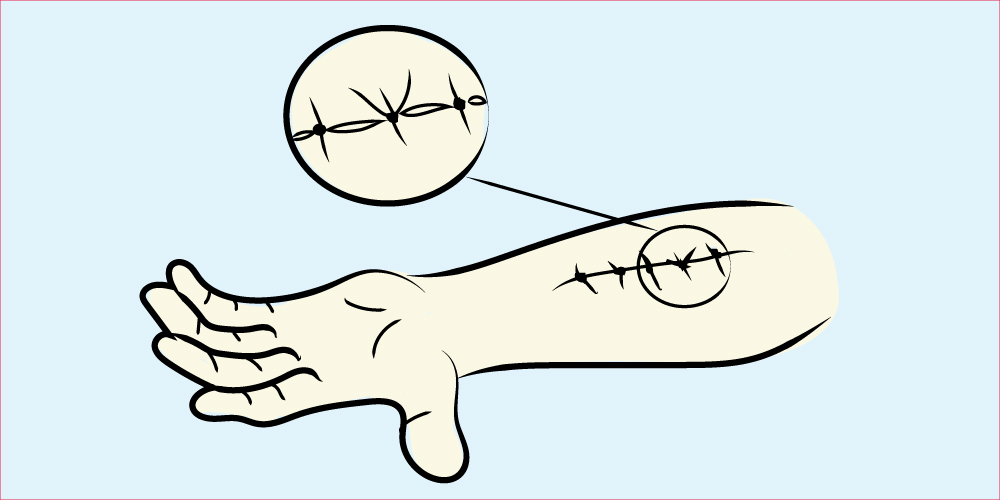
218. Wounds and Dressings
In this episode of Surgery 101 we are joined by Dr. James Wolfli, a Plastic Surgeon from the University of Alberta, who will be discussing Wounds and Dressings. After listening to this podcast you should be able to: Discuss wound classification Review tissue and patient status Explain the decision tree including primary closure, debridement, and dressings Understand particular wound examples
18:2010/05/2017

How to Read an X-ray
In this video Dr. Aleem Lalani, an orthopedic surgeon at the University of Alberta discusses how to read an x-ray. After watching this video you should be able to: Understand how to read an x-ray
03:1403/05/2017

217. Lower Extremity Fractures
In this episode, Dr. Colleen Weeks, an Orthopedic Surgery Fellow at the University of Alberta, discusses Lower Extremity Injuries. After listening to this podcast you should be able to: Understand the presentation and pathophysiology of these 3 common lower extremity injuries Discuss the imaging and differential diagnosis for all 3 injuries Explain treatment options for Hip Fractures, Femur Fractures, and Tibia/Fibula Fractures
22:0903/05/2017

Examination of the Spine
In this video Dr. Aleem Lalani, an Orthopedic surgeon at the University of Alberta, demonstrates how to give a complete physical examination of the spine. After watching this video you should be able to: Look for any abnormalities in the spine Palpate the spine for any causes of pain for discomfort Understand the range of motion tests on the spine Perform a neurologic exam of the spine Complete special tests for further investigation
10:4426/04/2017

216. Upper Extremity Fractures
In this episode, Dr. Colleen Weeks, an Orthopedic Surgery Fellow at the University of Alberta, discusses Upper Extremity Fractures. After listening to this podcast you should be able to: Understand the presentation and pathophysiology of these 3 common upper extremity fractures Discuss the imaging and differential diagnosis for all 3 fractures Explain treatment options for Distal Radius Fractures, Scaphoid Fractures, and Distal Radius Fractures
22:5626/04/2017

Examination of the Knee
In this video Dr. Aleem Lalani, an Orthopedic surgeon at the University of Alberta, demonstrates how to give a complete physical examination of the knees. After watching this video you should be able to: Understand how to visually inspect the knees Review the palpation of the knee Perform the ROM and strength tests of the knees Discuss special tests to perform on the knee joint
06:4719/04/2017
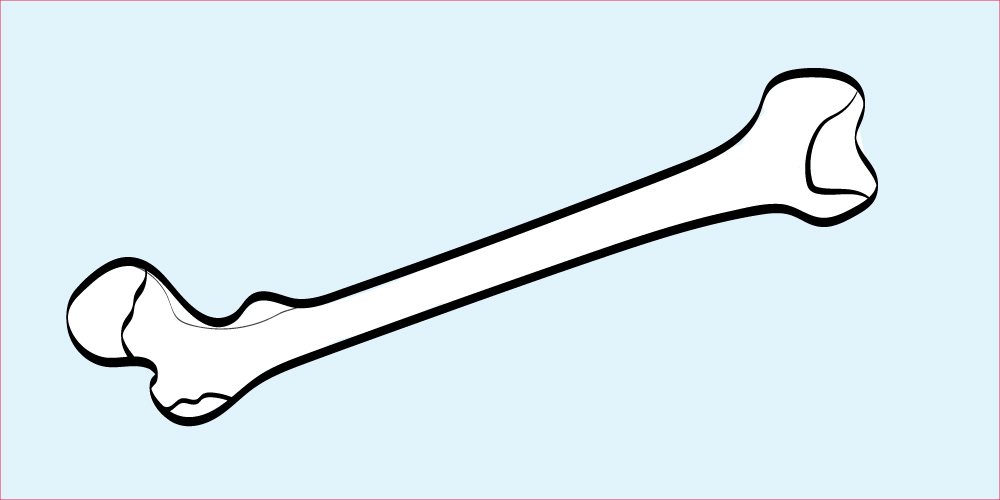
215. Lower Extremity Osteoarthritis
In this episode, Dr. Colleen Weeks, an Orthopedic Surgery Fellow at the University of Alberta, discusses Lower Extremity Osteoarthritis. After listening to this podcast you should be able to: Understand it’s importance, and prevalence Discuss the pathophysiology and typical clinical presentation Explain how to perform a complete history and physical examination List the common differential diagnosis and tests to confirm Osteoarthritis Review the treatment options and complications
13:2319/04/2017

Examination of the Shoulder
In this video Dr. Aleem Lalani, an Orthopedic surgeon at the University of Alberta, demonstrates how to give a complete physical examination of the shoulder. After watching this video you should be able to: Understand how to visually inspect the shoulder joint Review the palpation of the shoulder Perform the ROM and strength tests of the shoulders Discuss special tests to perform on the shoulder joint
07:4812/04/2017

214. Fracture Healing
In this podcast Dr. Aleem Lalani, and Orthopedic Surgeon at the university of Alberta discusses Fracture Healing. Although most fractures tend to heal uneventfully, there are complications that can occur in some patients. Common complications of fracture healing include: Acute compartment syndrome Infection Malunion Nonunion Deep vein thrombosis Complex Regional Pain Syndrome
17:5112/04/2017

213. Assessing the Painful Joint
In this podcast Dr. Aleem Lalani, an orthopedic surgeon at the University of Alberta, discusses assessing a painful joint. After listening to this podcast you will be able to: Understand why it is important to thoroughly evaluate the acutely painful major joint Perform a complete history and physical examination of the joint Discuss investigations and which findings lead to which diagnosis
07:1505/04/2017
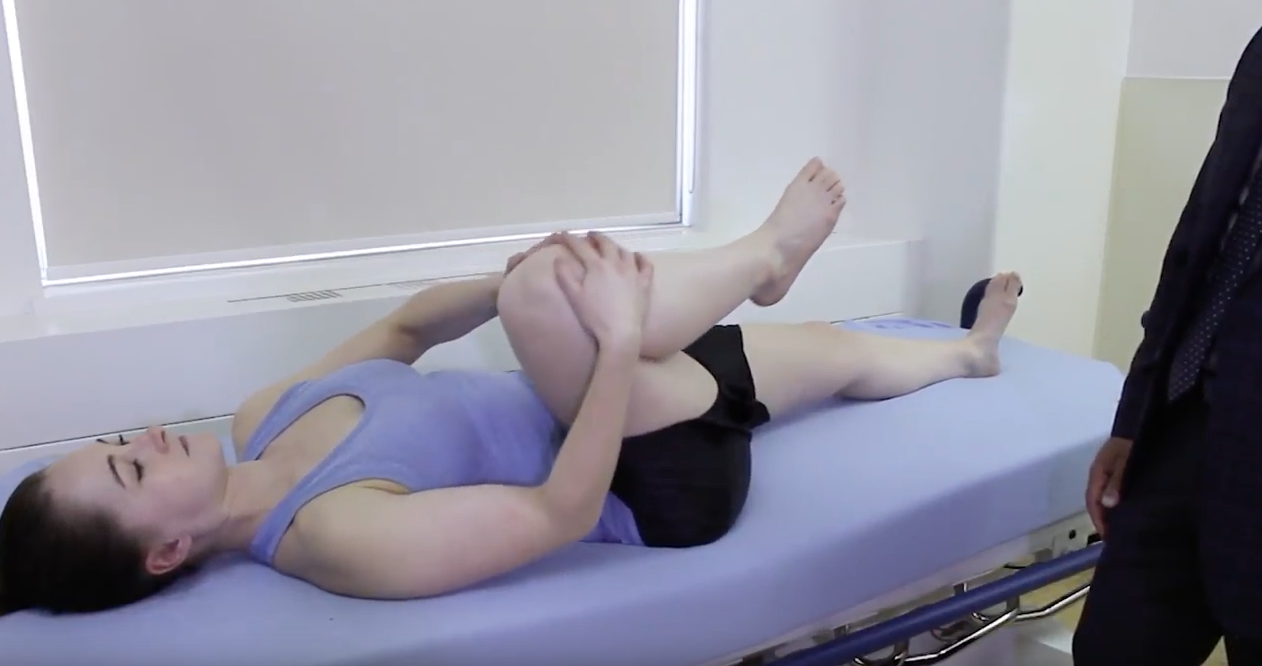
Examination of the Hip
In this video Dr. Aleem Lalani, an Orthopedic surgeon at the University of Alberta, demonstrates how to give a complete physical examination of the hips. After watching this video you should be able to: Understand how to inspect the hip joints Review the palpation of the hip joints Perform the ROM and strength tests of the hips
05:2205/04/2017

212. Chronic Limb Ischemia
In this podcast, Dr. Heather Cox, a Vascular Surgeon at the Grey Nuns Hospital in Edmonton, discusses developing an approach to the patients with chronic limb ischemia. After listening to this podcast you should be able to: Define chronic limb ischemia Understand the clinical presentations and diagnostic approaches to patients with suspected chronic limb ischemia Describe the medical and surgical management of chronic limb ischemia.
17:5529/03/2017

Examination of the Peripheral Pulses
In this video Vascular Surgeon, Dr. Heather Cox, shows you how to give a complete physical examination of the Peripheral Pulses. After watching this video you should be able to: Have a basic understand of how to examine the peripheral pulses Understand how to calculate the Ankle Brachial Index (ABI)
15:3929/03/2017

211. Breast Reconstruction
In this episode with the help of Dr. Kelly Dabbs, UAlberta General Surgeon, 4th year medical student Lisa Bacque discusses breast reconstruction. After listening to this episode, learners should be able to: Understand that not all patients want or need reconstruction Describe the different options for reconstruction of the breast Explain nipple reconstruction Discuss what is involved in the process of Oncoplastics
16:2122/03/2017

210. Sentinel Lymph Node Biopsy
In this episode with the help of Dr. Kelly Dabbs, UAlberta General Surgeon, 4th year medical student Lisa Bacque discusses Sentinel Lymph Node Biopsy. After listening to this episode, learners should be able to: Define Sentinel Node. Describe how to mark and find the Node Understand the rationalization and indications for Sentinel Lymph Node Biopsy
11:2215/03/2017

209. DCIS and LCIS
In this episode with the help of Dr. Kelly Dabbs, UAlberta General Surgeon, 4th year medical student Lisa Bacque discusses ductal and lobular carcinoma. After listening to this episode, learners should be able to: Understand the pathophysiology and risk factors for both DCIS and LCIS Describe the diagnosis of DCIS and LCIS Review treatment options for both conditions Explain the risk of progression for DCIS
16:0308/03/2017
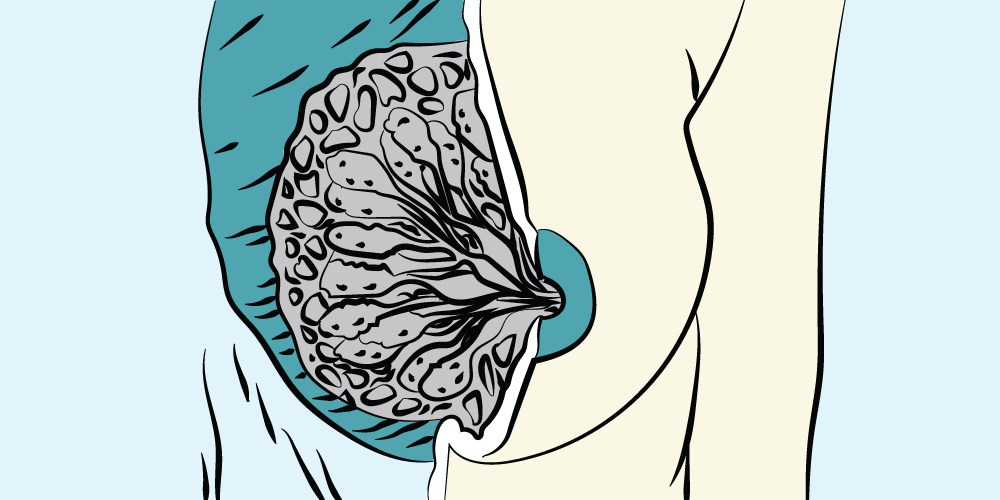
208. Breast Cancer Staging and Management
In this episode with the help of Dr. Kelly Dabbs, UAlberta General Surgeon, 4th year medical student Lisa Bacque discusses Breast Cancer Staging and Management. After listening to this episode, learners should be able to: Understand what tests to order for your patient. Describe Metastatic and TMN staging Review treatment options for Breast Cancer.
20:1001/03/2017

207. Approach to Breast Lumps
In this episode with the help of Dr. Kelly Dabbs, UAlberta General Surgeon, 4th year medical student Lisa Bacque discusses how to approach a breast lump. After listening to this episode, learners should be able to: Understand how to take a complete history and physical exam of the breast Differentiate Benign and Malignant breast lumps Understand the proper guidelines for screening breast cancer
20:5922/02/2017
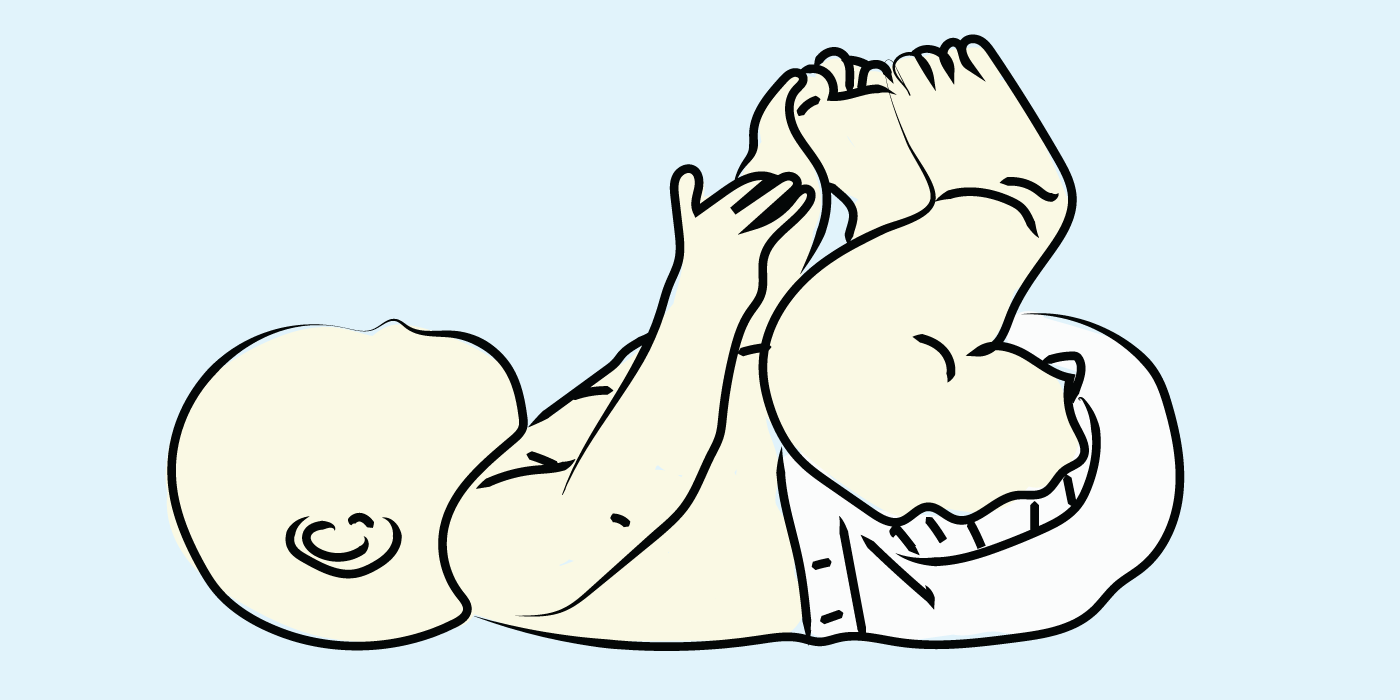
206. Wilms Tumour
In this episode with the help of Dr. Bryan Dicken, Pediatric General Surgeon, 4th year medical student Alessia Gallipoli discusses the most common renal tumor in childhood – Wilms Tumour. After listening to this episode, learners should be able to: 1. Define what a Wilms tumor is and why it is an important diagnosis to make in children 2. Recognize some of the common ways Wilms Tumours present 3. Explain how the diagnosis is made 4. Explain the treatment options and prognosis for children with a Wilms Tumor
11:3715/02/2017

205. Pediatric Neck Masses
In this episode with the help of Dr. Bryan Dicken, Pediatric General Surgeon, 4th year medical student Alessia Gallipoli discusses pediatric neck masses and some ways to approach this very broad differential diagnosis. After listening to this episode, learners should be able to: Identify the three major categories pediatric neck masses Be able to use a stepwise approach to narrow down your differential diagnosis Know common causes of neck masses from each category Be familiar with some treatment options for each type of neck mass
12:0108/02/2017

204. Pediatric Intussusception
In this episode with the help of Dr. Bryan Dicken, Pediatric General Surgeon, 4th year medical student Alessia Gallipoli discusses intussusception, an important cause of bowel obstruction in young children. After listening to this episode, learners should be able to: Define intussusception Be able to recognize the signs and symptoms in a patient you think might have intussusception Identify some key features to help differentiate intussusception from other causes of bowel obstruction Be familiar with the diagnostic and treatment options
09:5401/02/2017

203. Hirschsprung’s Disease
In this episode with the help of Dr. Bryan Dicken, Pediatric General Surgeon, 4th year medical student Alessia Gallipoli discusses Hirschsprung’s disease, a condition affecting the large bowel that causes difficulty in passing stool and can lead to obstructive symptoms, most commonly in young infants. After listening to this episode, learners should be able to: Define Hirschsprung’s Disease and understand why it is important to pick up in a pediatric patient. Be able to recognize the signs and symptoms of Hirschsprung’s Disease Know the diagnostic features of the disease and what tests to order Be familiar with the treatment of Hirschsprung's Disease
10:1125/01/2017

202. Pediatric Appendicitis
In this episode with the help of Dr. Bryan Dicken, Pediatric General Surgeon, 4th year medical student Alessia Gallipoli discusses one of the most common indications for emergency surgery in a young person – acute appendicitis. After listening to this episode, learners should be able to: Define appendicitis and understand its importance in the pediatric population Recognize some of the challenges in diagnosing appendicitis in kids Understand the risk of not diagnosing appendicitis quickly Describe the common treatment options for appendicitis
13:0118/01/2017





